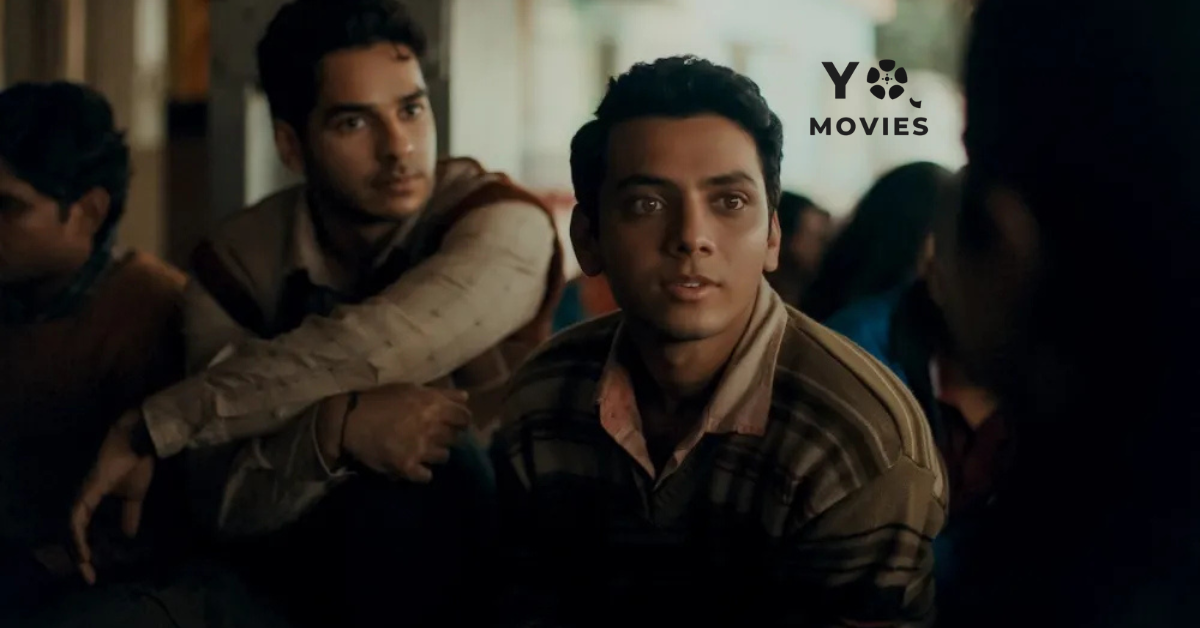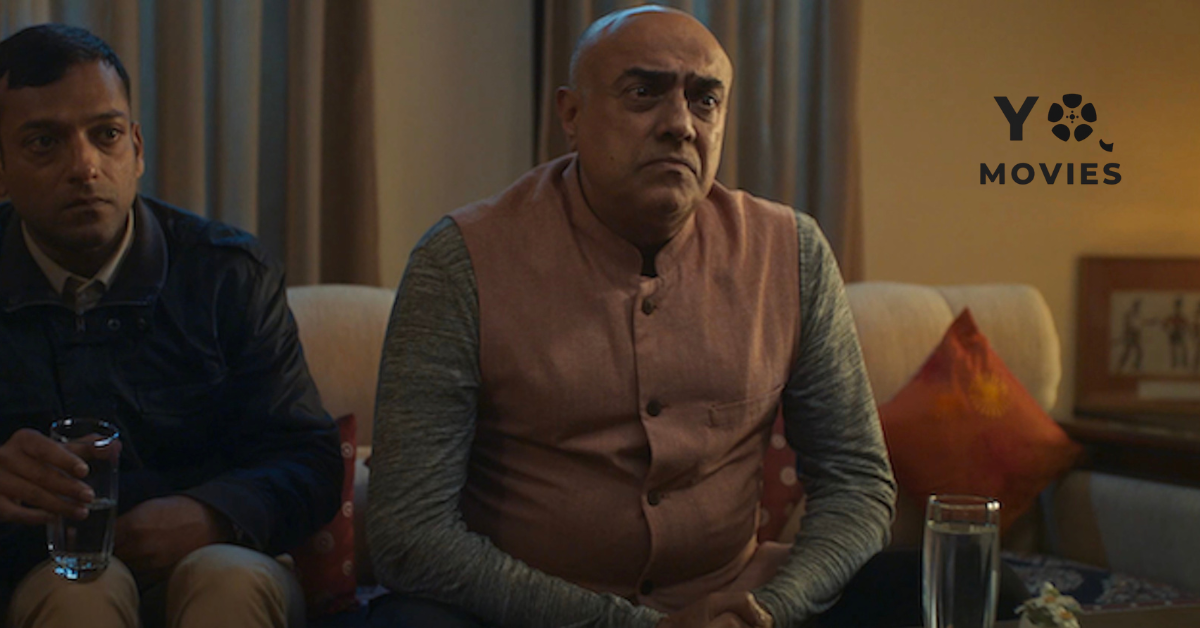Homebound is a 2025 Indian Hindi-language drama written and directed by Neeraj Ghaywan. It stars Ishaan Khatter, Vishal Jethwa, and Janhvi Kapoor in the lead roles. The film is adapted from a 2020 New York Times article by Basharat Peer titled Taking Amrit Home (later A Friendship, a Pandemic and a Death Beside the Highway) which recounted the real plight of migrant workers during India’s first COVID-19 lockdown.
After premiering in the Un Certain Regard section at Cannes 2025, and making its rounds through multiple international festivals (TIFF, etc.), Homebound released theatrically in India on 26 September 2025.
Cast, Crew & Production Details
Here are the key people behind Homebound:
| Role | Person |
|---|---|
| Director & Writer | Neeraj Ghaywan |
| Producers | Karan Johar, Adar Poonawalla, Apoorva Mehta, Somen Mishra |
| Screenplay / Story Contributors | Neeraj Ghaywan, Basharat Peer, Sumit Roy; dialogues also by Varun Grover and Shreedhar Dubey among others. |
| Cinematography | Pratik Shah |
| Editing | Nitin Baid |
| Music / Score | Score by Naren Chandravarkar & Benedict Taylor; Songs by Amit Trivedi. |
The runtime is about 122 minutes after getting CBFC (Central Board of Film Certification) clearance, which involved 11 cuts/modifications.
Plot Summary
Homebound follows two childhood friends from a small village in North India—Chandan Kumar (Vishal Jethwa) and Mohammed Shoaib Ali (Ishaan Khatter). They share a dream: to become police officers, a profession they see as a way out of poverty, caste discrimination, and social marginalization.
As they await the results of the national police exam, life throws many hurdles. Shoaib takes up a menial job, confronts religious prejudice; Chandan has familial expectations, financial strain. Their friendship is tested under pressure, changing circumstances, and moral compromises. The arrival of the COVID-19 pandemic lockdown adds a layer of urgency, displacement, and risk to their journey.
Themes & What It Tries to Say
Homebound explores several deep, intertwined themes:
- Friendship & Loyalty: The bond between Chandan and Shoaib is central. How far one values the other when dreams, survival, and social bias come into play.
- Socioeconomic Inequality & Identity: Issues of caste (Chandan is Dalit), religious identity (Shoaib is Muslim), and how society sees people from marginalized backgrounds.
- Dreams vs. Reality: Many young people have dreams about upward mobility; Homebound focuses on what happens when the system, prejudice, bureaucracy, and crises (like the pandemic) intervene.
- Displacement & Home: Both literal (due to lockdowns, loss of income) and metaphorical (when feeling unwelcome, disrespected, invisible).
- Social Justice / Empathy: The film holds up a mirror to societal apathy, asking audiences to consider what dignity, privilege, and empathy mean in crisis.
What Works Well in Homebound
- Performances
Ishaan Khatter, Vishal Jethwa, and Janhvi Kapoor are praised across reviews. Khatter and Jethwa, in particular, bring authenticity and emotional range to their roles. - Direction & Writing
Neeraj Ghaywan’s handling of a real-life inspired story is measured—he doesn’t sensationalize. The writing (with Peer and others) lets characters breathe and avoids melodrama despite the heaviness of the subject. - Festival Reception & Critical Acclaim
The film premiered at Cannes, got a standing ovation, did well at TIFF (second runner-up in People’s Choice), and has been selected as India’s Oscar entry. These recognitions underline its craft and impact. - Authenticity and Social Relevance
The rural settings, depiction of small-town India, depiction of caste & religious tensions, the economic struggle amid pandemic—all feel grounded and relevant. They resonate with many real stories. - Editing & Score
Despite heavy content, the film’s pacing is mostly strong, especially the build-up to the lockdown period. The score and background music are used sparingly, letting moments of silence, reflection, and reaction carry emotional weight.
Weaknesses & Criticisms
- Some Predictability
Given the structure—a friendship under pressure, societal bias, dream vs compromise—some plot beats feel expected. For viewers familiar with socially conscious dramas, a few turns are less surprising. - Censor Cuts & Modifications
The film had to undergo 11 modifications by the CBFC (e.g. trimming scenes, muting dialogues, removing visual shots). While certification is necessary, some critics worry that cuts affect narrative impact and authenticity. - Emotional Intensity Imbalance
Some scenes feel emotionally heavier than others; transitions between hopeful dialogue and despair can feel abrupt. A few subplots feel less explored (e.g., family background or secondary characters) compared to the central arc. - Running Time & Compactness
At 122 minutes, the film is fairly long for its genre. Some viewers may feel that a tighter edit in the first half could sharpen the impact.
Overall Verdict
Rating: 4.5 / 5
Homebound is a powerful film—one of Neeraj Ghaywan’s strongest since Masaan. It combines empathy, realism, and rich storytelling in a way that doesn’t just entertain but provokes thought. It shines because of its lead performances, authentic depiction of marginalized lives, and its courage to tell a story with dignity amid chaos.
If you’re drawn to socially relevant stories, emotional journeys about hope amid hardship, and films that stay with you long after you leave the theatre, Homebound is a must-watch.
YoMovies — for more heartfelt reviews, stories that matter, and cinema that dares to reflect truth.





Leave a Reply